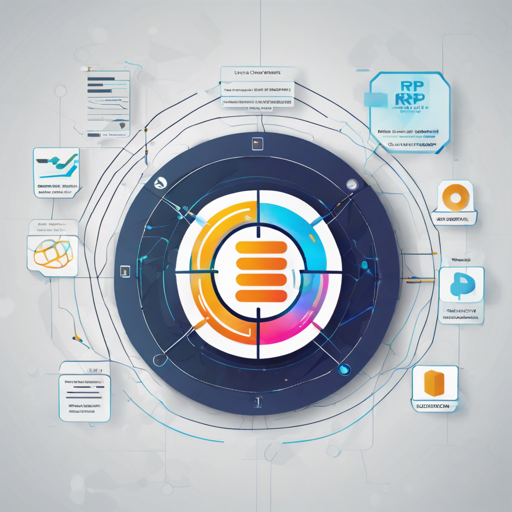The XRPL Explorer is a powerful tool to visualize and interact with the XRP Ledger in real-time. This blog post will guide you through the setup process, exploring the basic requirements and steps to get started, including troubleshooting ideas.
Basic Requirements
Before diving into the setup, ensure you meet the following requirements:
- Node.js and NPM: The explorer requires Node.js version 18.12.x and NPM version 8 or newer. If you don’t have them installed, visit nodejs.org for installation instructions.
- Google BigQuery Setup: This step is crucial to enable the Token page. You’ll need to:
Getting Started
Once you have the prerequisites, follow these steps to create and run your XRPL Explorer:
- Copy the example environment configuration by executing:
cp .env.example .env - Install the dependencies:
npm install - To run in development mode, use:
npm start - For production, execute:
and thennpm run buildnpm run prod-server
Installing on Apple Silicon
If you’re using an Apple Silicon device, note that the canvas package might not have pre-built binaries available. You’ll need to compile it manually. The instructions can be found here.
Running on Parallel Networks
You may want to test the application on different networks. Here’s how to switch:
- Testnet Mode: Update the .env file:
- Replace:
VITE_RIPPLED_HOST=s2.ripple.com - With:
VITE_RIPPLED_HOST=s.altnet.rippletest.net - Add:
VITE_ENVIRONMENT=testnet - Replace:
VITE_RIPPLED_HOST=s.devnet.rippletest.netVITE_ENVIRONMENT=devnetTesting Your Setup
To ensure everything is working smoothly, run tests:
- For running tests in watch mode:
npm test - To produce coverage reports:
npm run test:coverage - Open the coverage report by running:
open coverage/index.html
Debugging Unit Tests in Chrome
If you’ve placed a debugger in your unit tests, you can debug them in Chrome by doing the following:
- Run:
npm run test:debug - Open
about:inspectin Chrome and click on the inspect link to view Chrome Developer Tools. - Click the play button on the Developer Tools page; your test will start and pause at your debugger.
Troubleshooting Your Setup
If you encounter any issues, here are some troubleshooting ideas:
- Make sure all environment variables are correctly set in the .env file.
- Verify if Node.js and NPM versions are correct by running:
andnode -vnpm -v - Double-check your Google BigQuery setup.
- If you’re running on Apple Silicon and facing issues with canvas, revisit the compilation instructions.
For more insights, updates, or to collaborate on AI development projects, stay connected with fxis.ai.
Conclusion
At fxis.ai, we believe that such advancements are crucial for the future of AI, as they enable more comprehensive and effective solutions. Our team is continually exploring new methodologies to push the envelope in artificial intelligence, ensuring that our clients benefit from the latest technological innovations.

